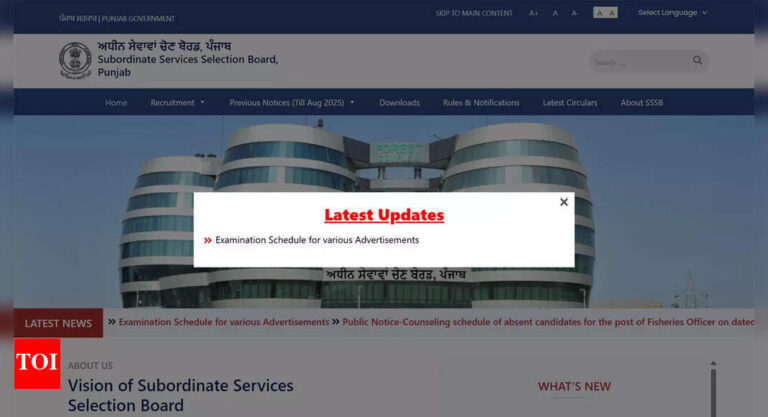
The Class of 2026 faces a job market dimmed by corporate caution and macroeconomic volatility. According to the semiannual survey conducted by the National Association of Colleges and Employers (NACE), more than half of 183 employers rated the upcoming graduate job market as poor or fair, marking the most pessimistic outlook since the early months of the pandemic. This grim sentiment is unfolding alongside confirmed job cuts announced by large employers, including Amazon, United Parcel Service, and, most recently, Verizon Communications, which, according to individuals familiar with its plans, aims to eliminate 15,000 positions in what would be its biggest reduction ever, as reported by the Wall Street Journal report.
Structural shifts redefine entry-level work
This downturn reflects more than temporary economic fear. Companies are reshaping their recruitment priorities, leaning heavily toward candidates with prior experience and reducing their willingness to onboard fresh graduates. Employers cited economic uncertainty and the rapid spread of artificial intelligence as reasons for shrinking early-career pipelines. Many of the tasks historically performed by new recruits are now absorbed by AI systems, prompting executives to rethink the value of entry-level roles altogether.The consequence is a widening gap: Graduates seeking their first position are increasingly competing with recently laid-off junior employees for the same limited pool of opportunities.
Economic data confirms a steep climb ahead
The fragile picture is visible in labour-market indicators. A Federal Reserve Bank of New York analysis reported an unemployment rate of 4.8% for recent college graduates in June, higher than the national unemployment rate that month and the worst June reading for graduates in four years.Meanwhile, employer plans for early-career hiring have softened. According to NACE’s survey, companies expect to increase hiring for the Class of 2026 by just 1.6%, a sharp drop from the projections made for the Class of 2025.The trend is echoed in recruiting platforms. Early-career marketplace Handshake reported a year-over-year decline of more than 16% in full-time job postings in August and a 26% surge in applications per role, clear evidence of a tightening funnel.
Students apply more, and gain less
On campuses, the pressure is palpable. Seniors describe sending hundreds of applications into increasingly saturated pipelines. Handshake’s data shows more than 60% of 2026-bound graduates expressed pessimism about their career prospects, a reflection of both shrinking openings and the rising dominance of AI-driven screening systems.
Anxiety becomes a defining feature of the Class of 2026
The psychological toll is undeniable. Students report heightened anxiety, worsened by mass layoffs and the destabilising pace of technological change. The traditional assurances of a college degree, security, progression, upward mobility—feel increasingly intangible. Even those who followed the recommended path through internships and extracurriculars now face a hiring climate in retreat.
A moment that demands accountability
None of these challenges stems from a lack of effort among young job seekers. Rather, they reflect an economy recalibrating faster than institutions and individuals can adapt. As companies pursue efficiency and automation, and as global volatility shapes business decisions, a generation is being launched into a marketplace unprepared to receive it.Yet amid these hardships lies the possibility of a cohort forged in resilience. The Class of 2026 may emerge as one of the most adaptive groups in decades, forced to innovate, compelled to diversify skills, and trained to navigate uncertainty from the very start of their careers.They step into a world unwilling to guarantee them a place. And still, they step.







